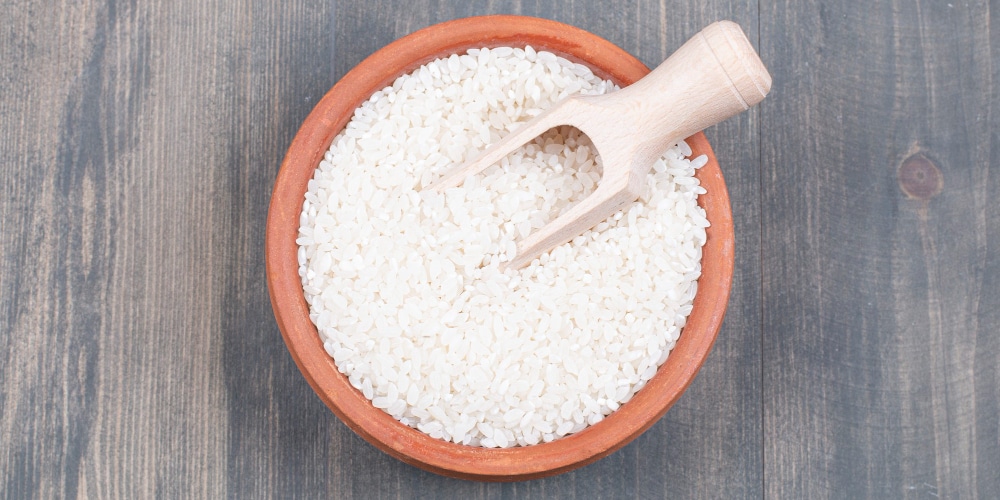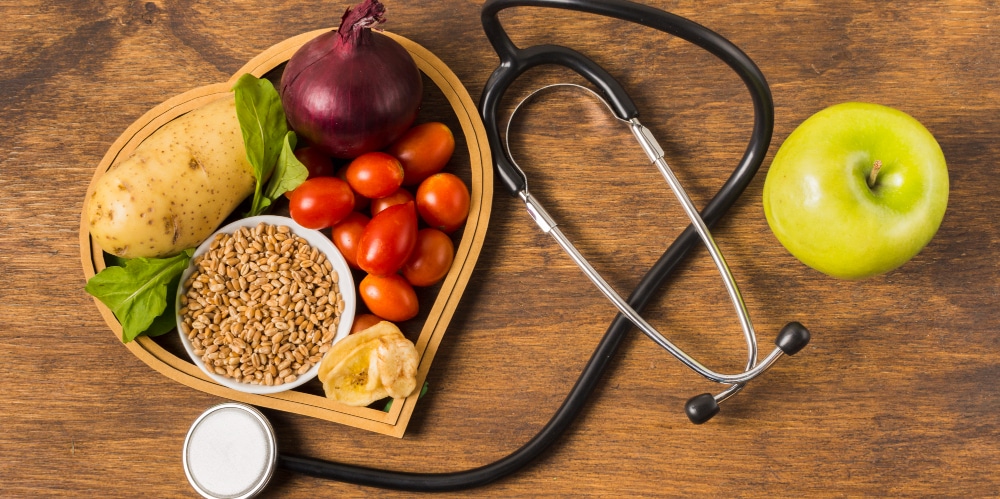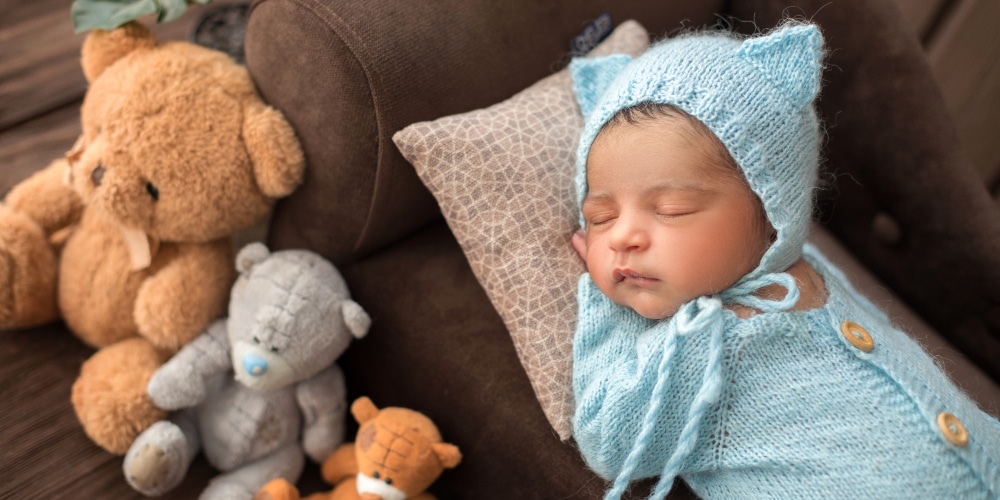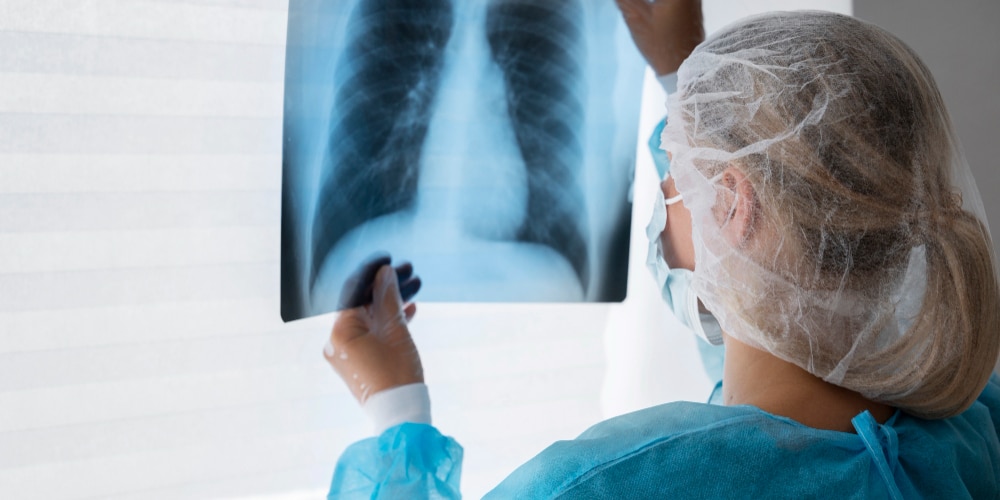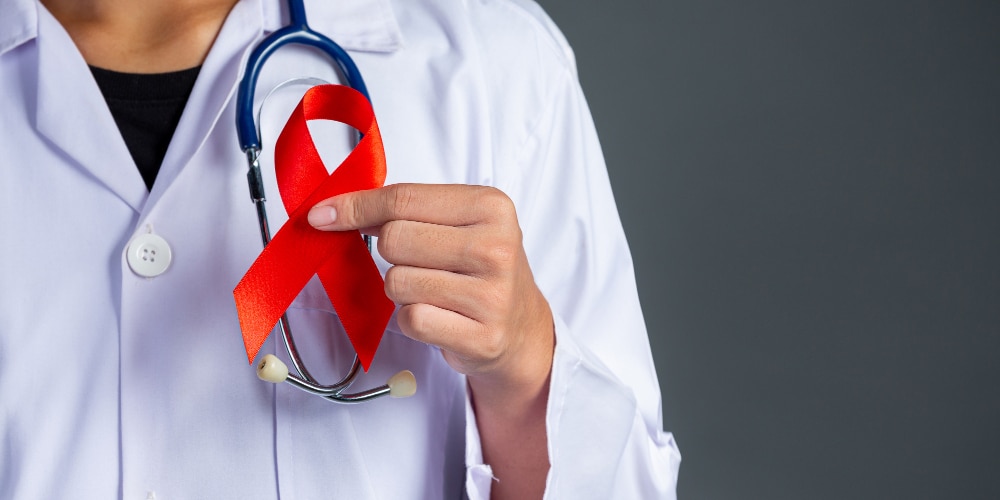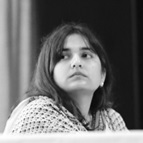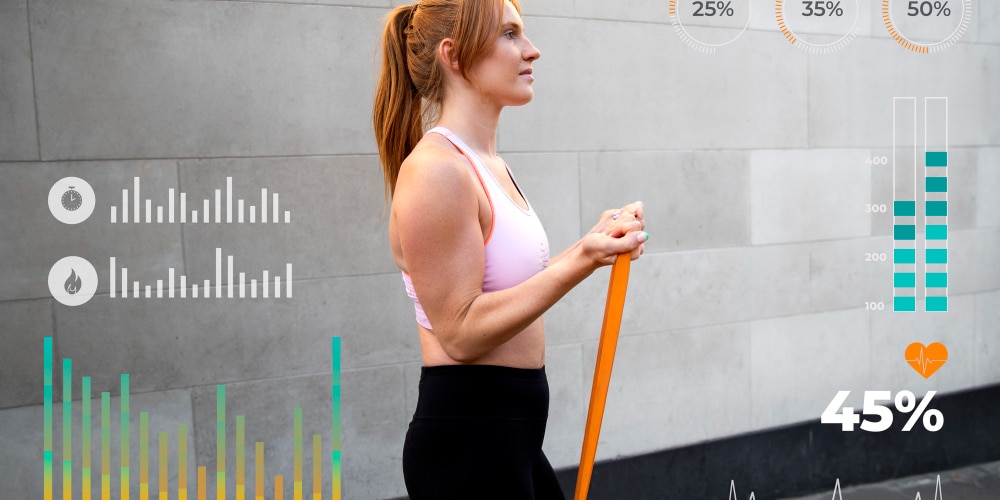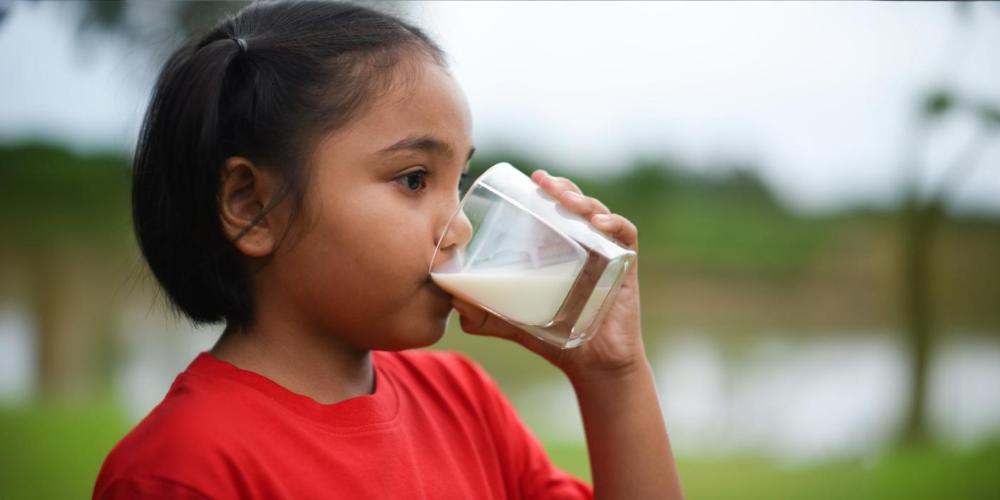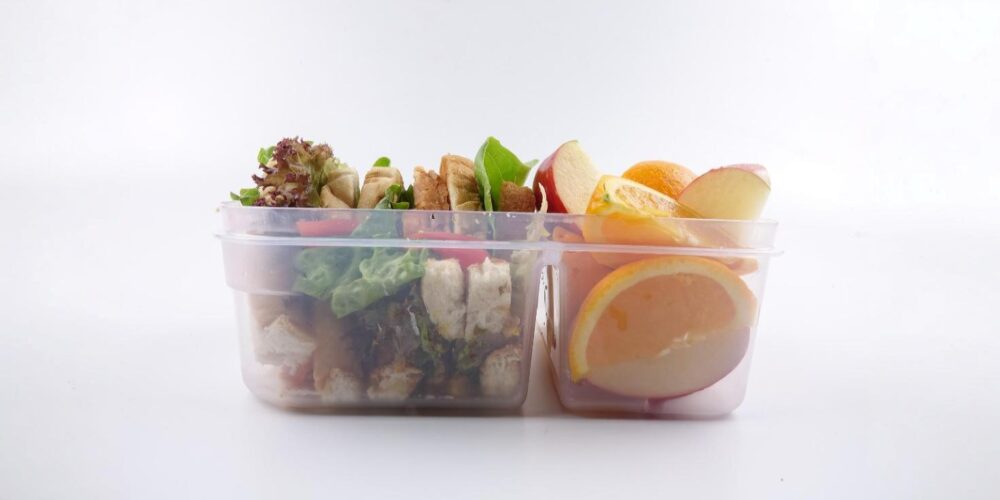Latest
Fact Check: Can scanning a QR code on medicine packaging confirm its authenticity?
Scanning the QR code reveals key details like batch number, expiry date, and license info
Author
Author
- admin / 5 months

- 0
- 3 min read
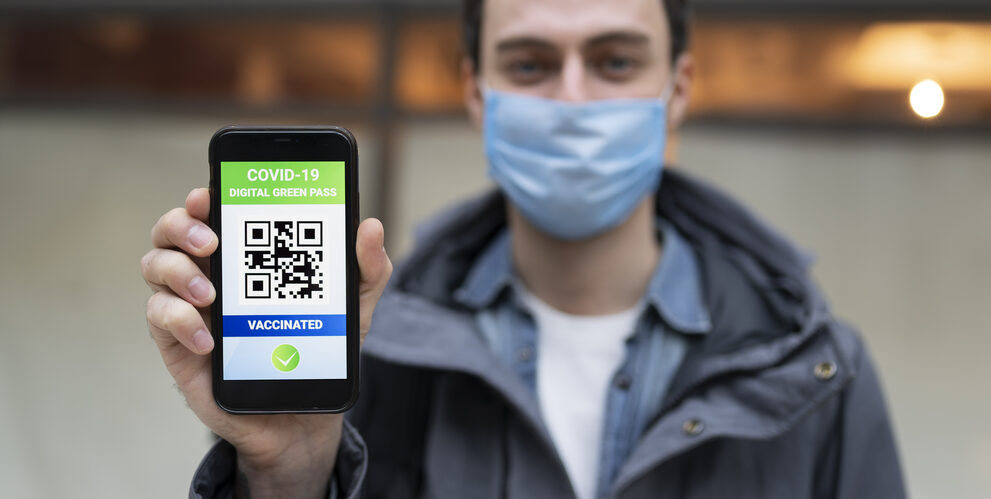
Author
CLAIM: Scanning a QR code on medicine packaging can verify its authenticity by providing details like batch number, serial number, manufacturing date, expiry date, and license number. If it shows “no records found,” this indicates the medicine is fake.
FACT: This claim is true. In November 2022, the Indian Ministry of Health and Family Welfare, through the Central Drugs Standard Control Organisation (CDSCO), introduced a mandate requiring QR codes or barcodes on medicine packaging to combat counterfeit drugs and improve traceability.
First Check received a video through our WhatsApp tipline, featuring a content creator saying that one can scan the QR code behind the packaging of the medicine and know whether the medicine is real or fake.
“You can scan the QR code and know the details, like batch number, serial number, manufacturing date, expiry date, license number, etc,” she says.
In case the scan results show “no records found,” the medicine is fake, she explains.
But do medicines really have a QR code that can tell if the medicine is real or fake? Here’s the fact-check.
In November 2022, the Indian Ministry of Health and Family Welfare, through the Central Drugs Standard Control Organisation (CDSCO), introduced a mandate requiring QR codes or barcodes on medicine packaging to combat counterfeit drugs and improve traceability.
“The manufacturers of drug formulation products as specified in Schedule H2 shall print or affix Bar Code or Quick Response Code on its primary packaging label or, in case of inadequate space in primary package label, on the secondary package label that store data or information legible with software application to facilitate authentication,” the mandate document states.
This was initially applied to the top 300 drug brands, including widely used medicines like Shelcal, Calpol, and Dolo. The initiative aimed to enable consumers to verify the authenticity of medicines and ensure they are not counterfeit or substandard.
When scanned, these QR codes link to a database or website displaying critical information about the medicine, including a unique product identification code, the proper and generic name of the drug, brand name, manufacturer’s name and address, batch number, manufacturing date, expiry date, and manufacturing license number.
If a scan results in mismatched details or a message like “no records found,” shows, it suggests the medicine may be counterfeit. Hence, this claim is true.
More recent media reports indicate that the CDSCO is collaborating with manufacturers to enhance QR code security features, such as advanced encryption and holographic elements, to further prevent counterfeiting.
Also read: https://firstcheck.in/fact-check-paracetamol-world-most-dangerous-medicine/
(Do you have a health-related claim that you would like us to fact-check? Send it to us, and we will fact-check it for you! You can send it on WhatsApp at +91-9311223141, mail us at hello@firstcheck.in, or click here to submit it online)
